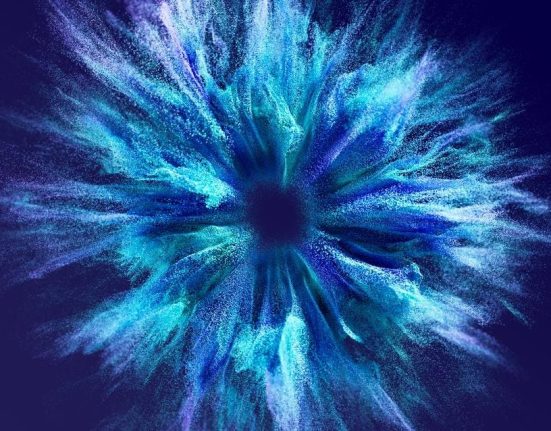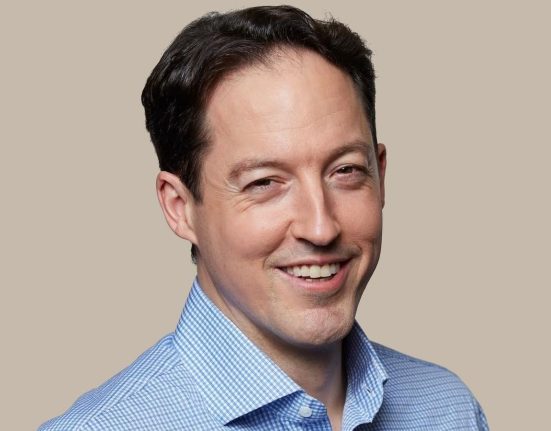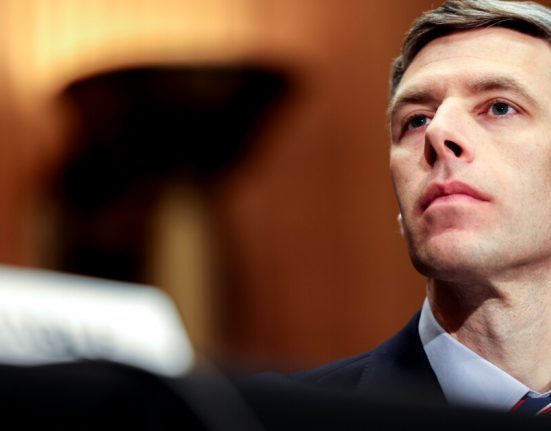World Intellectual Property Day, observed on 26.04.25 and this year dedicated to music and intellectual property, is an opportunity to pause for a moment and reflect on the infrastructures working behind the scenes that enable creation – the legal protections that provide creators with some ground to stand on. In the field of music, this question becomes especially relevant in an era of artificial intelligence, social media, dizzying distribution speeds, and an increasing blurring between reality and fiction.
When algorithms can “write” a new song in seconds, when an AI version of Frank Sinatra’s voice sounds more real than the original, and when any TikTok user can become a sound editor based on existing works – boundaries are stretched, and legal challenges only continue to grow.
AI and Music: The Gap Between Law and Technology
Artificial intelligence not only plays the notes – it writes them. Systems like Suno, Udio, or OpenAI’s Jukebox are capable of creating entire songs, including lyrics, melodies, harmonies, and a “performer’s” voice that sounds completely human. Some of these systems are even trained on existing music. Just to illustrate the situation – today, there are AI tools where the user can select a style, mood, and length, and the algorithm generates a unique musical track within seconds. There are AI models that can create music with lyrics in various artists’ styles and genres. They can mimic existing musical styles and even create “new” songs in the style of a particular artist.
All this raises fundamental questions: Are we dealing with original creation or derivative work? And what about the rights in the creation? Is the person who entered the prompt the creator? Is it the company that developed the algorithm? And what if the AI imitated the style or voice of an existing artist without permission? Today, there is no clear answer to all these issues, and as usual, legislation is lagging behind.
The result is legal confusion and commercial and legal uncertainty. It is important to emphasize – the problem does not stem from malice on the part of technology developers or laxity among legislators, but from the gap between the pace at which new technologies enter the market and the pace at which the legal system manages to understand their impact, formulate relevant frameworks, and embed them into case law, legislation, and regulation. This gap is not new, but today it is particularly extreme: Tools that allow the creation of musical works at the click of a button are already available to the public, while the legal discussion around them is still at the stage of basic definitions.
Accordingly, many musicians report growing frustration – they invest years in refining their sound and personal style, only to discover that a similar version was created in a snap by AI systems – without their permission, without recognition of their copyrights, and without any royalties. In some cases, even an artist’s voice – the most personal and identifiable element – is copied and replicated almost perfectly, and used to create new songs they had no part in. On the other hand, some creators seek to harness AI as a tool to expand the boundaries of creativity, but for that, a clear set of rules is needed to protect their rights and enable ethical and fair creation.
Another challenge lies in the fact that intellectual property laws are local, meaning they are determined by the laws of each country. In a world where creation crosses borders within seconds, this gap creates significant uncertainty for creators. Therefore, an updated and binding international regulation is required to generate uniformity and clear rules of the game, even on the global stage.
Fair Use or Infringement? The Old Dilemma in a New Wrapper
The conflict between inspiration and copying is not new. The music industry is used to dealing with remixes, samples, covers, and other derivative works that challenge the boundaries of legislation and case law. But here too, artificial intelligence intensifies the dilemma.
Sample-based songs have become more popular than ever, but today, any user can “mix” existing songs using AI, create mashups between artists who never collaborated, or write new lyrics for an old song – without entering a studio and without consulting a copyright lawyer.
As a side note, a mashup is a new musical work created by combining two or more existing songs. Usually, the mashup uses the instrumental segment of one song (often the rhythm and harmony) and combines it with the vocal segment of another song.
In such a situation, the question arises: Where is the line drawn? When is it a “creative tribute,” and when is it an infringement of the artists’ and performers’ copyrights? Courts face similar questions even without AI (as in the famous Blurred Lines case, concerning the copyright infringement lawsuit filed by Marvin Gaye’s family against singers Robin Thicke and Pharrell Williams, claiming their 2013 hit “Blurred Lines” unlawfully copied elements from Gaye’s 1977 song “Got to Give It Up”).
However, introducing algorithms into the picture raises new complexities: Is a musical style a protected component? Is a recognizable voice (such as Michael Jackson’s or Ofra Haza’s) an asset that may not be copied? And it must be remembered that beyond commercial use, a voice is a personal characteristic, part of a person’s identity and essence, and thus using it can raise additional issues beyond intellectual property rights, such as the right to privacy.
Scarlett Johansson vs. OpenAI
In this context, we recall the case of Scarlett Johansson, who accused OpenAI of using a voice similar to hers in their AI system without her consent. Johansson stated that she had previously refused OpenAI’s offer to lend her voice to the system, yet was surprised to find that one of the voices in the system sounded so much like hers that her friends and family could not tell the difference. After the accusations were published, OpenAI suspended the use of the voice and denied that it was intended to imitate Johansson, claiming instead that it was the natural voice of another actress selected before approaching Johansson. This case raised fundamental issues related to the right to privacy in the era of artificial intelligence and highlighted the need for regulation in the field.
Back to the Music World. Today, music creators are required to have almost detective-like investigative skills when trying to determine if a song they wrote or produced is too similar to something that already exists – whether due to subconscious influences or algorithms that have absorbed countless past works. The world in which creators could simply “play from the heart” is dissolving. Instead, they must navigate legal scales, warnings from platform heads, and a constant sense of anxiety.
One more point to consider, not necessarily legal – the music distributed today via systems like YouTube and Spotify is increasingly guided by algorithms that not only recommend songs but shape taste itself. This is a profound shift – not only does AI create music, but it also decides who hears what. In such a reality, the legal question is not only who wrote the music, but also who controls its distribution – and thus, who truly holds cultural and economic power in the market.
Music as Intellectual Real Estate: Why Ownership Matters More Than Ever
To understand the importance of intellectual property, one must think of music like real estate. A musical work is an asset – sometimes small and modest, sometimes a gateway to the world. It can generate income from royalties, licensing for films and commercials, use on streaming platforms, and of course, performances based on the work.
Without adequate protection, creators are left exposed. If anyone can “clone” a creation at the click of a button – not only will livelihoods be harmed, but also the spirit of creation itself. Precisely now, when everything can be instantly copied, copyrights and other intellectual property rights become even more relevant – not less. They are not a punishment or a limitation but a basic condition for sustainable cultural existence.
A Look to the Future: Protecting Original Human Contribution
Artificial intelligence is changing the rules of the game in the music industry. The ability of AI to autonomously create music, mimic artists’ voices, and even influence public musical taste raises deep legal, ethical, and cultural questions. The solution is likely not found in an outright ban or total release – but in balance. Legislation and regulation must be updated and adapted to the spirit of the time, to an era where not only humans create, or create alone. We must rethink concepts such as “fair use,” “originality,” and perhaps even “creator” (currently requiring human identity).
The era of artificial intelligence does not eliminate the need to protect creation – it sharpens it. Precisely when technology can imitate, replicate, and distribute music at the click of a button, the importance of identifying, recognizing, and protecting original human contribution re-emerges. Intellectual property is not just a reward for creative work – it is a cornerstone for preserving a living, diverse, and meaningful culture. For music to continue to exist as an open space for innovation – even in the era of algorithms – it must rely on an updated, fair, and global rule system. On World Intellectual Property Day, intended to raise awareness of creators’ rights and their role, we would do well to remember this.
The author is the head of the Copyrights Department at “Luzzatto – Attorneys at Law,” part of the Luzzatto Group, Israel’s leading intellectual property group, celebrating its 156th anniversary this year.






